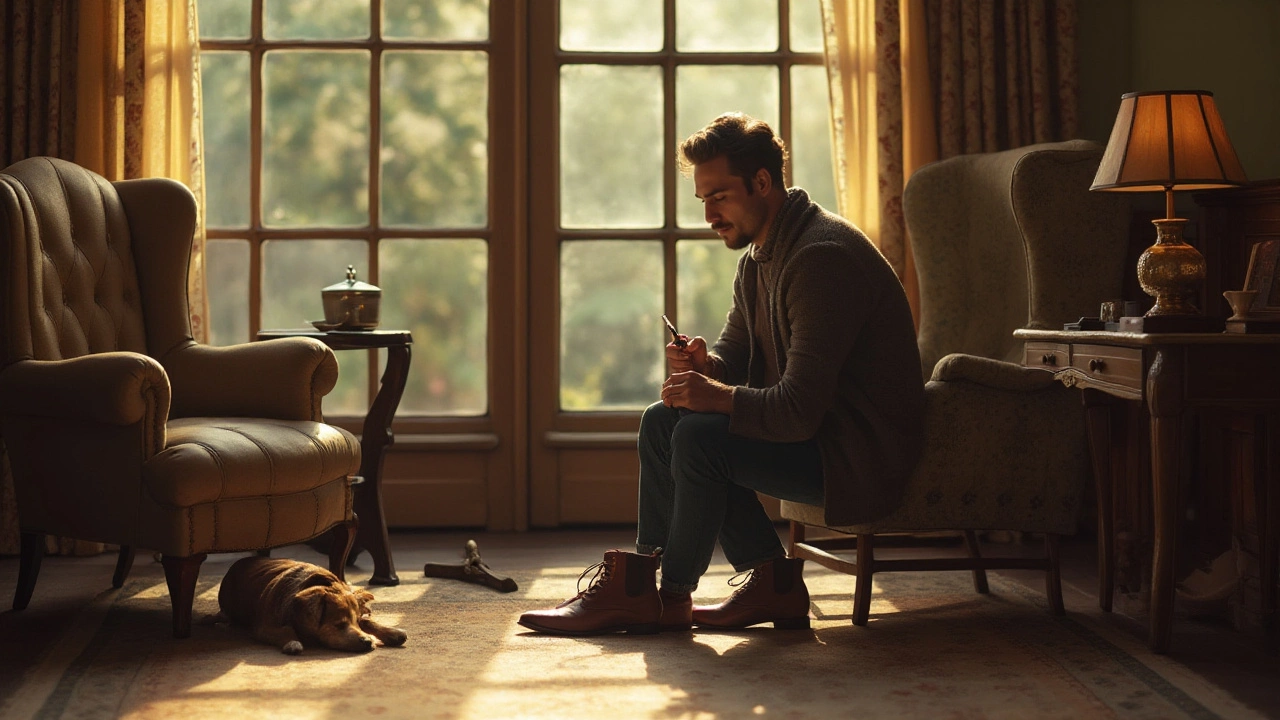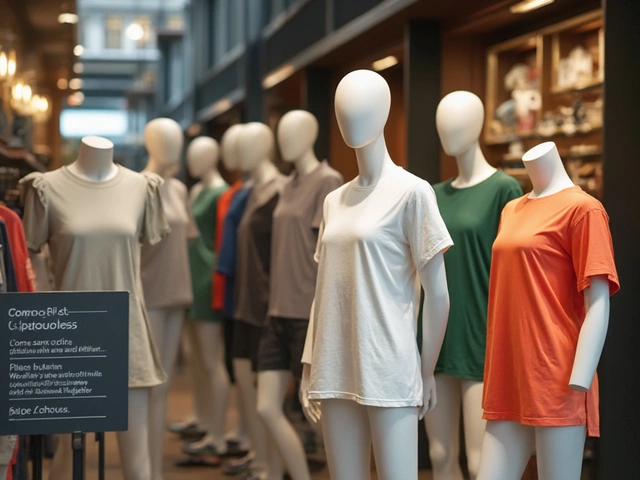Shoe Comfort Made Simple: How to Keep Your Feet Happy All Day
Ever walked a few steps and felt that nagging pinch or numbness? It’s usually a sign that your shoes aren’t doing their job. Comfort isn’t a luxury – it’s the base of healthy feet and a better mood. Below are straightforward ways to check fit, pick the right style, and make sure every pair supports you.
Check the Toe Box and Heel Slip
The first thing to look at is the toe box. Your toes need a little breathing room; they shouldn’t be pressed against the front. A quick test is to slide your foot forward in the shoe – you should see about a thumbnail’s width between your longest toe and the shoe’s end. If the toes touch the edge while you walk, you’ll get blisters or black toenails over time.
Next, watch the heel. When you stand, the heel should stay in place without lifting. If it slips, you’ll feel rubbing and lose stability. A snug heel cup or a small strap can stop the motion. Try walking on a carpet; a good fit feels steady, not wobbly.
Choosing the Right Materials and Styles
Materials matter. Soft leather, breathable canvas, and flexible knit uppers let your foot move naturally. Stiff synthetic shoes might look sharp but can trap heat and cause sweat, which leads to odor and irritation. For casual wear, breathable shoes keep your feet dry; for work, look for supportive insoles that cushion the arch.
Slippers and house shoes are easy to overlook, but they need the same care. If the sole is too thin, you’ll feel every floor point and your foot muscles will tire quickly. Replace slippers when the cushion flattens or the outsole shows wear. A good rule of thumb is to check them every three months.
Foot conditions like Morton's neuroma or general forefoot pain demand extra attention. Shoes with a wide forefoot, roomy toe box, and built‑in arch support give the best relief. Orthotic inserts can add more support, but the shoe itself must still fit properly.
When you shop, bring the socks you’ll wear most often. Thick winter socks need more space than thin summer ones. Try the shoes on later in the day, after your feet have expanded – that’s when they’ll feel most natural.
Finally, think about the life of the shoe. Quality shoes often last longer, but even the best pair will wear out. Look for signs like sole separation, uneven tread, or a loss of cushioning. If you notice these, it’s time to replace or repair them.
Comfort doesn’t have to be a mystery. With a quick toe‑room test, a check for heel slip, and a look at material and wear, you can pick shoes that feel good from the first step to the last. Your feet will thank you, and you’ll notice the difference in how you move through the day.

Breaking in Leather Shoes: Time and Tips for a Comfortable Fit
Breaking in a new pair of leather shoes is often a necessary process to achieve maximum comfort and ensure they mold perfectly to your feet. Understanding the timeline and methods for this can make the experience smoother and more pleasant. With proper care and patience, the break-in period can be reduced significantly, enhancing the longevity and comfort of the shoes. Several tips and tricks can be employed to make the new leather shoes more pliable and to avoid unnecessary discomfort.




